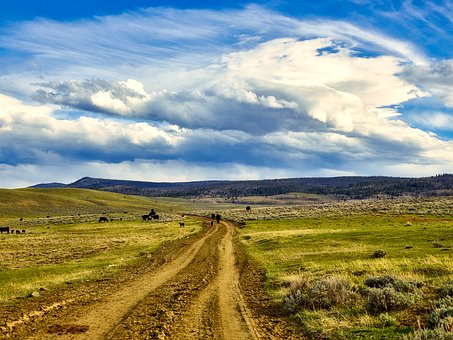
Why test minerals in forages
Few livestock producers are testing minerals in forages. However, the most common issue we consult on is typically a mineral issue. Proper mineral nutrition ensures healthy animals. Additionally, proper mineral nutrition ensures animals can perform to their peak genetic potential. [...]



